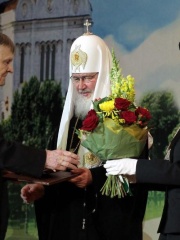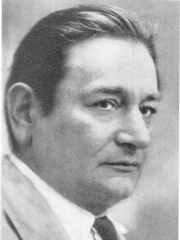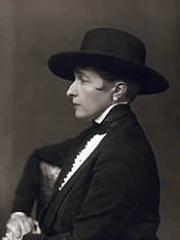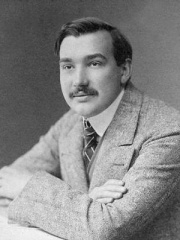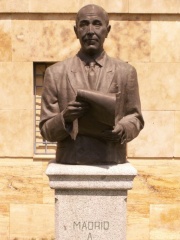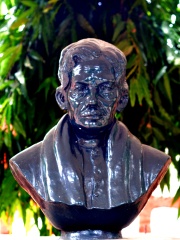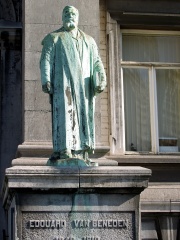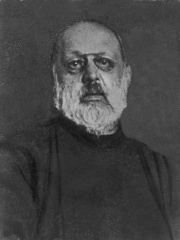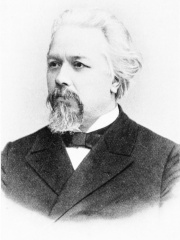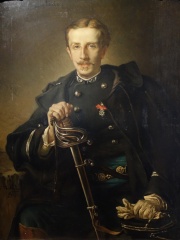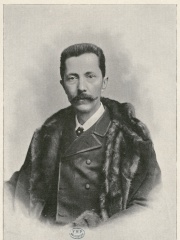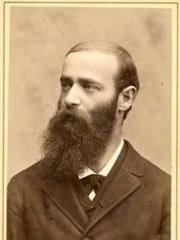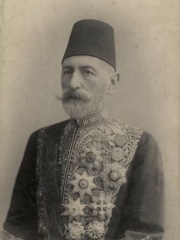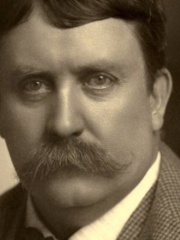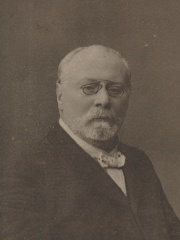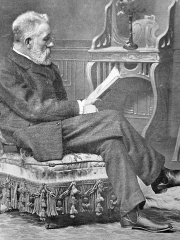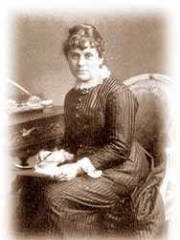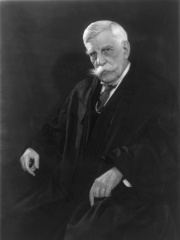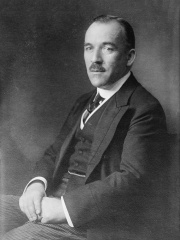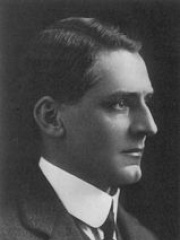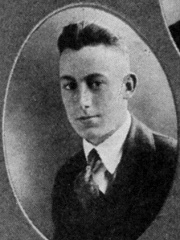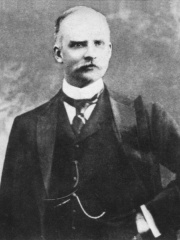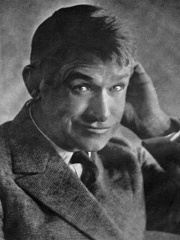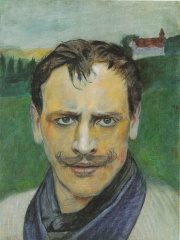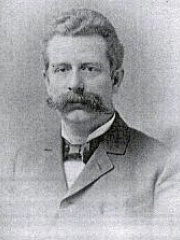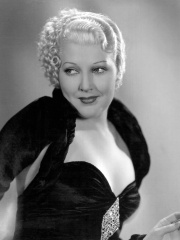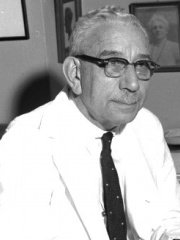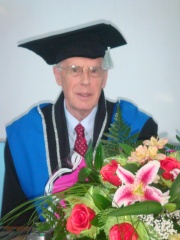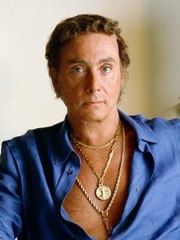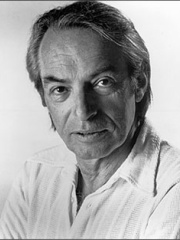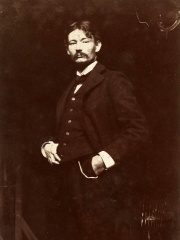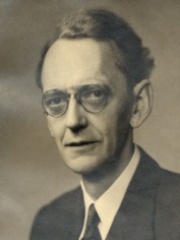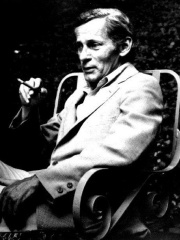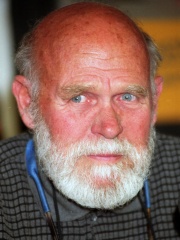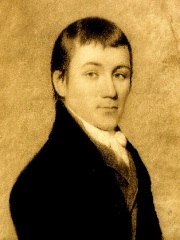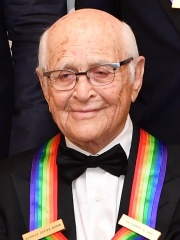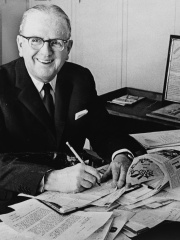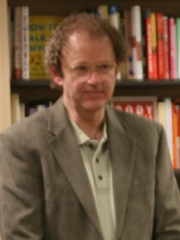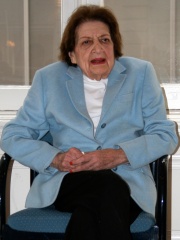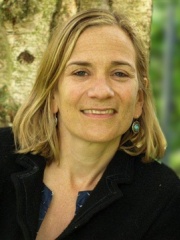WRITER
Anna Katharine Green
1846 - 1935
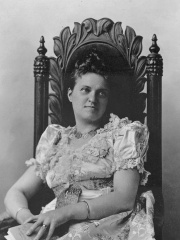
 Anna Katharine Green
Anna Katharine Green
Anna Katharine Green (November 11, 1846 – April 11, 1935) was an American poet and novelist. She was one of the first writers of detective fiction in America and distinguished herself by writing well plotted, legally accurate stories. Read more on Wikipedia
Since 2007, the English Wikipedia page of Anna Katharine Green has received more than 140,539 page views. Her biography is available in 17 different languages on Wikipedia (up from 15 in 2019). Anna Katharine Green is the 4,408th most popular writer (up from 4,730th in 2019), the 5,879th most popular biography from United States (up from 6,859th in 2019) and the 475th most popular American Writer.
Memorability Metrics
140k
Page Views (PV)
49.25
Historical Popularity Index (HPI)
17
Languages Editions (L)
4.59
Effective Languages (L*)
2.26
Coefficient of Variation (CV)
Notable Works
Page views of Anna Katharine Greens by language
Over the past year Anna Katharine Green has had the most page views in the English wikipedia edition with 16,113 views, followed by Russian (2,548), and Italian (2,376). In terms of yearly growth of page views the top 3 wikpedia editions are Catalan (106.12%), Malayalam (37.74%), and Estonian (35.37%)
Among WRITERS
Among writers, Anna Katharine Green ranks 4,408 out of 7,302. Before her are David Baldacci, Yuri Bondarev, Paul Bekker, Radclyffe Hall, Géza Csáth, and Philip Reeve. After her are Gerardo Diego, Abdul Rahman Munif, Kikkuli, Greg Bear, Janwillem van de Wetering, and Raghunath Murmu.
Most Popular Writers in Wikipedia
Go to all RankingsDavid Baldacci
1960 - Present
HPI: 49.26
Rank: 4,402
Yuri Bondarev
1924 - 2020
HPI: 49.26
Rank: 4,403
Paul Bekker
1882 - 1937
HPI: 49.26
Rank: 4,404
Radclyffe Hall
1880 - 1943
HPI: 49.25
Rank: 4,405
Géza Csáth
1887 - 1919
HPI: 49.25
Rank: 4,406
Philip Reeve
1966 - Present
HPI: 49.25
Rank: 4,407
Anna Katharine Green
1846 - 1935
HPI: 49.25
Rank: 4,408
Gerardo Diego
1896 - 1987
HPI: 49.25
Rank: 4,409
Abdul Rahman Munif
1933 - 2004
HPI: 49.25
Rank: 4,410
Kikkuli
1300 BC - Present
HPI: 49.25
Rank: 4,411
Greg Bear
1951 - 2022
HPI: 49.24
Rank: 4,412
Janwillem van de Wetering
1931 - 2008
HPI: 49.23
Rank: 4,413
Raghunath Murmu
1905 - 1982
HPI: 49.23
Rank: 4,414
Contemporaries
Among people born in 1846, Anna Katharine Green ranks 89. Before her are Edouard Van Beneden, Albert Chmielowski, Alexander Karpinsky, Paul Déroulède, Sophie Menter, and Giulio Bizzozero. After her are Ignaz Brüll, Turhan Pasha Përmeti, Daniel Burnham, Zygmunt Noskowski, Svatopluk Čech, and Kate Greenaway. Among people deceased in 1935, Anna Katharine Green ranks 109. Before her are Alfred Roller, Oliver Wendell Holmes Jr., Gottlieb von Jagow, Edwin Flack, Photius II of Constantinople, and Milman Parry. After her are Heinrich Schenker, Emil Młynarski, Will Rogers, Harald Sohlberg, Jackson Showalter, and Thelma Todd.
Others Born in 1846
Go to all RankingsEdouard Van Beneden
BIOLOGIST
1846 - 1910
HPI: 50.08
Rank: 83
Albert Chmielowski
PAINTER
1846 - 1916
HPI: 49.98
Rank: 84
Alexander Karpinsky
GEOLOGIST
1846 - 1936
HPI: 49.91
Rank: 85
Paul Déroulède
WRITER
1846 - 1914
HPI: 49.84
Rank: 86
Sophie Menter
MUSICIAN
1846 - 1918
HPI: 49.65
Rank: 87
Giulio Bizzozero
PHYSICIAN
1846 - 1901
HPI: 49.45
Rank: 88
Anna Katharine Green
WRITER
1846 - 1935
HPI: 49.25
Rank: 89
Ignaz Brüll
MUSICIAN
1846 - 1907
HPI: 49.22
Rank: 90
Turhan Pasha Përmeti
POLITICIAN
1846 - Present
HPI: 49.13
Rank: 91
Daniel Burnham
ARCHITECT
1846 - 1912
HPI: 49.10
Rank: 92
Zygmunt Noskowski
COMPOSER
1846 - 1909
HPI: 48.93
Rank: 93
Svatopluk Čech
WRITER
1846 - 1908
HPI: 48.53
Rank: 94
Kate Greenaway
PAINTER
1846 - 1901
HPI: 48.40
Rank: 95
Others Deceased in 1935
Go to all RankingsAlfred Roller
PAINTER
1864 - 1935
HPI: 49.68
Rank: 103
Oliver Wendell Holmes Jr.
LAWYER
1841 - 1935
HPI: 49.65
Rank: 104
Gottlieb von Jagow
POLITICIAN
1863 - 1935
HPI: 49.60
Rank: 105
Edwin Flack
ATHLETE
1873 - 1935
HPI: 49.55
Rank: 106
Photius II of Constantinople
RELIGIOUS FIGURE
1874 - 1935
HPI: 49.38
Rank: 107
Milman Parry
RELIGIOUS FIGURE
1902 - 1935
HPI: 49.28
Rank: 108
Anna Katharine Green
WRITER
1846 - 1935
HPI: 49.25
Rank: 109
Heinrich Schenker
COMPOSER
1868 - 1935
HPI: 49.10
Rank: 110
Emil Młynarski
COMPOSER
1870 - 1935
HPI: 49.04
Rank: 111
Will Rogers
ACTOR
1879 - 1935
HPI: 48.87
Rank: 112
Harald Sohlberg
PAINTER
1869 - 1935
HPI: 48.81
Rank: 113
Jackson Showalter
CHESS PLAYER
1860 - 1935
HPI: 48.58
Rank: 114
Thelma Todd
ACTOR
1906 - 1935
HPI: 48.42
Rank: 115
In United States
Among people born in United States, Anna Katharine Green ranks 5,879 out of 20,380. Before her are Sandy Koufax (1935), Burrill Bernard Crohn (1884), John Hopcroft (1939), Annabella Sciorra (1960), Bob Guccione (1930), and Michael Stuhlbarg (1968). After her are The Ultimate Warrior (1959), Leonard Rosenman (1924), Sharon Gless (1943), Robert Henri (1865), Greg Bear (1951), and Karl Lashley (1890).
Others born in United States
Go to all RankingsSandy Koufax
BASEBALL PLAYER
1935 - Present
HPI: 49.26
Rank: 5,873
Burrill Bernard Crohn
PHYSICIAN
1884 - 1983
HPI: 49.25
Rank: 5,874
John Hopcroft
COMPUTER SCIENTIST
1939 - Present
HPI: 49.25
Rank: 5,875
Annabella Sciorra
ACTOR
1960 - Present
HPI: 49.25
Rank: 5,876
Bob Guccione
PHOTOGRAPHER
1930 - 2010
HPI: 49.25
Rank: 5,877
Michael Stuhlbarg
ACTOR
1968 - Present
HPI: 49.25
Rank: 5,878
Anna Katharine Green
WRITER
1846 - 1935
HPI: 49.25
Rank: 5,879
The Ultimate Warrior
WRESTLER
1959 - 2014
HPI: 49.25
Rank: 5,880
Leonard Rosenman
COMPOSER
1924 - 2008
HPI: 49.25
Rank: 5,881
Sharon Gless
ACTOR
1943 - Present
HPI: 49.25
Rank: 5,882
Robert Henri
PAINTER
1865 - 1929
HPI: 49.25
Rank: 5,883
Greg Bear
WRITER
1951 - 2022
HPI: 49.24
Rank: 5,884
Karl Lashley
PSYCHOLOGIST
1890 - 1958
HPI: 49.24
Rank: 5,885
Among WRITERS In United States
Among writers born in United States, Anna Katharine Green ranks 475. Before her are William Gaddis (1922), William Wharton (1925), Arthur Golden (1956), Charles Brockden Brown (1771), Norman Lear (1922), and David Baldacci (1960). After her are Greg Bear (1951), Norman Vincent Peale (1898), Brian Herbert (1947), Helen Thomas (1920), Julia Quinn (1970), and Tracy Chevalier (1962).
William Gaddis
1922 - 1998
HPI: 49.33
Rank: 469
William Wharton
1925 - 2008
HPI: 49.31
Rank: 470
Arthur Golden
1956 - Present
HPI: 49.28
Rank: 471
Charles Brockden Brown
1771 - 1810
HPI: 49.27
Rank: 472
Norman Lear
1922 - 2023
HPI: 49.26
Rank: 473
David Baldacci
1960 - Present
HPI: 49.26
Rank: 474
Anna Katharine Green
1846 - 1935
HPI: 49.25
Rank: 475
Greg Bear
1951 - 2022
HPI: 49.24
Rank: 476
Norman Vincent Peale
1898 - 1993
HPI: 49.21
Rank: 477
Brian Herbert
1947 - Present
HPI: 49.21
Rank: 478
Helen Thomas
1920 - 2013
HPI: 49.15
Rank: 479
Julia Quinn
1970 - Present
HPI: 49.08
Rank: 480
Tracy Chevalier
1962 - Present
HPI: 49.08
Rank: 481

